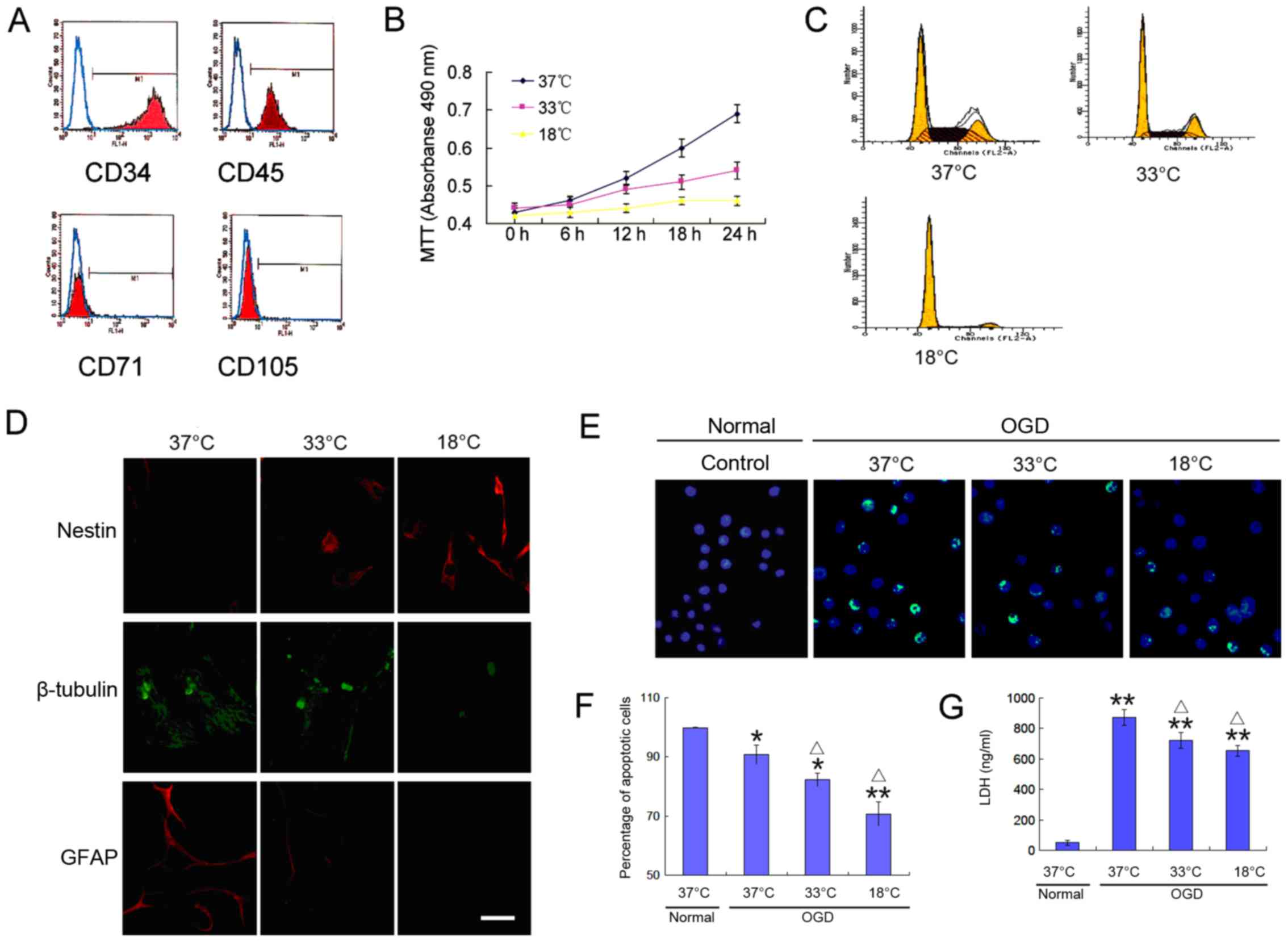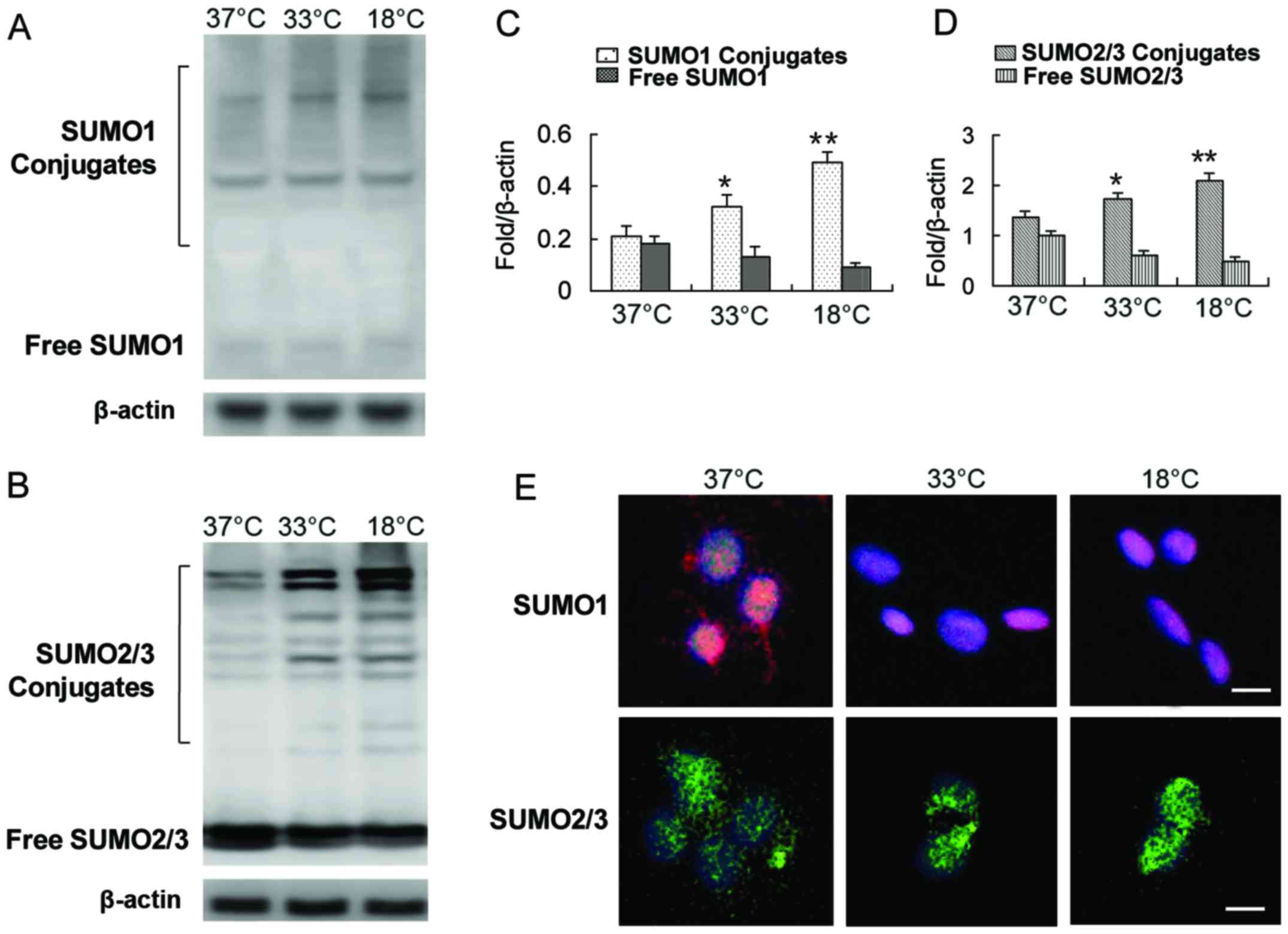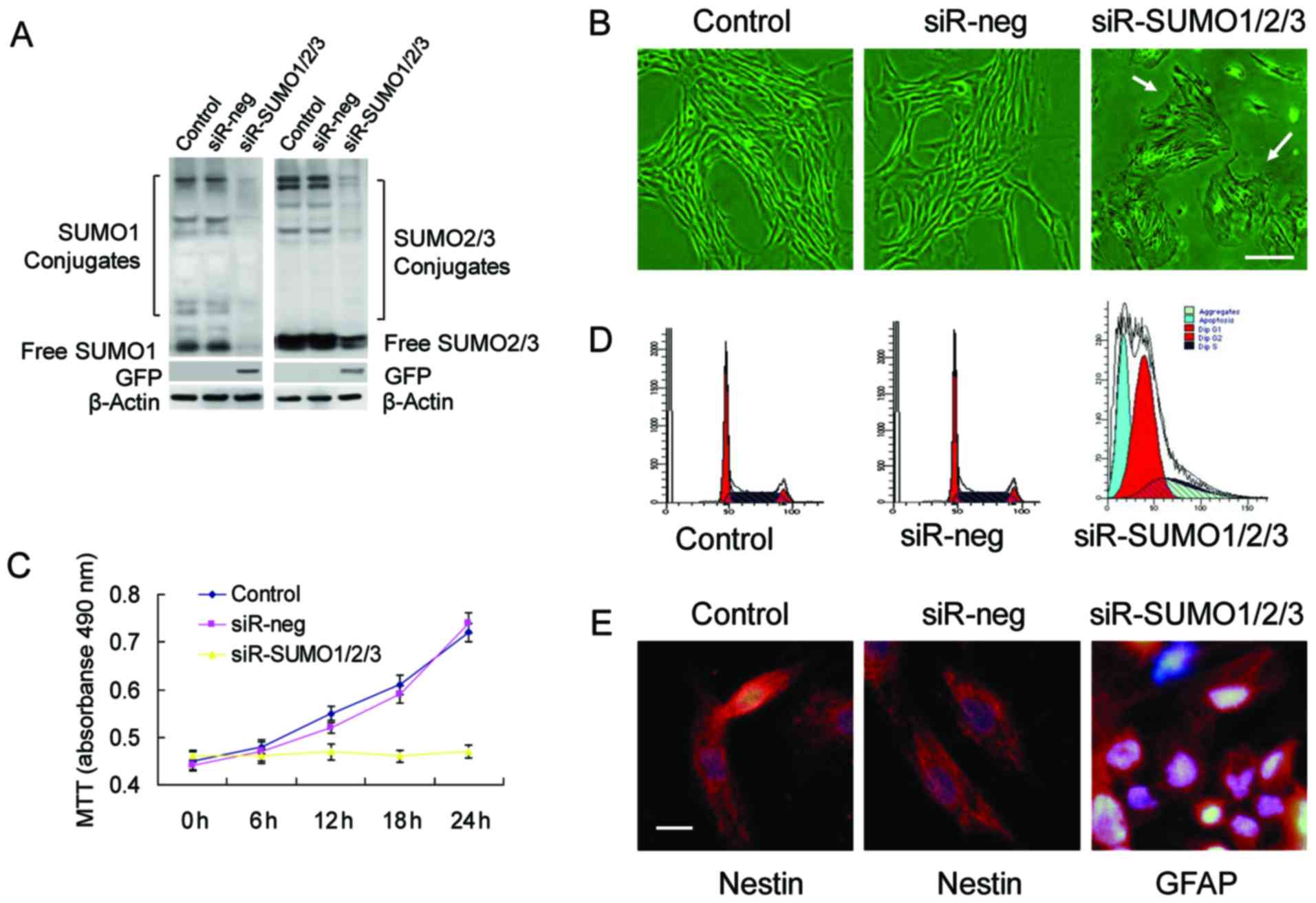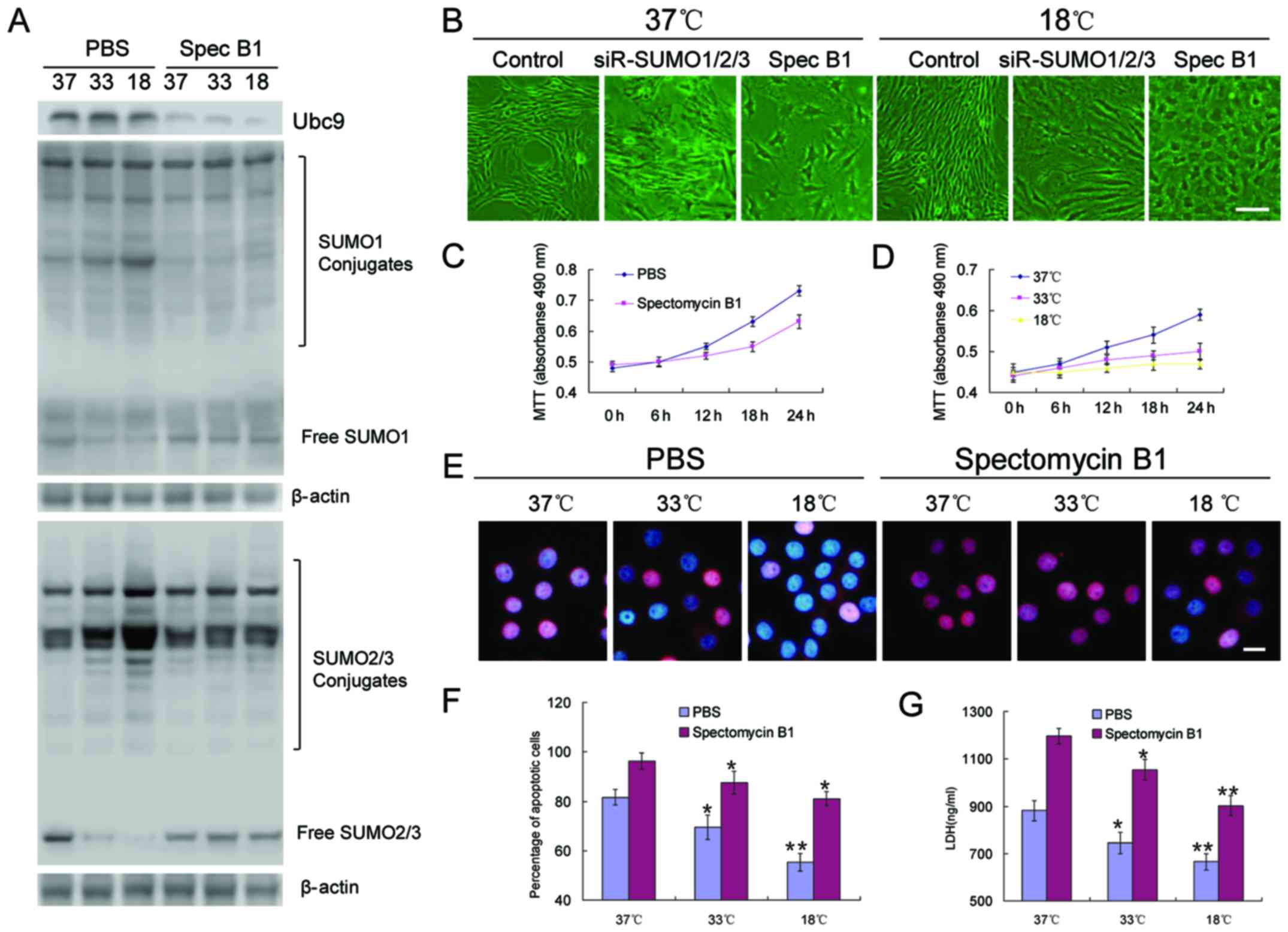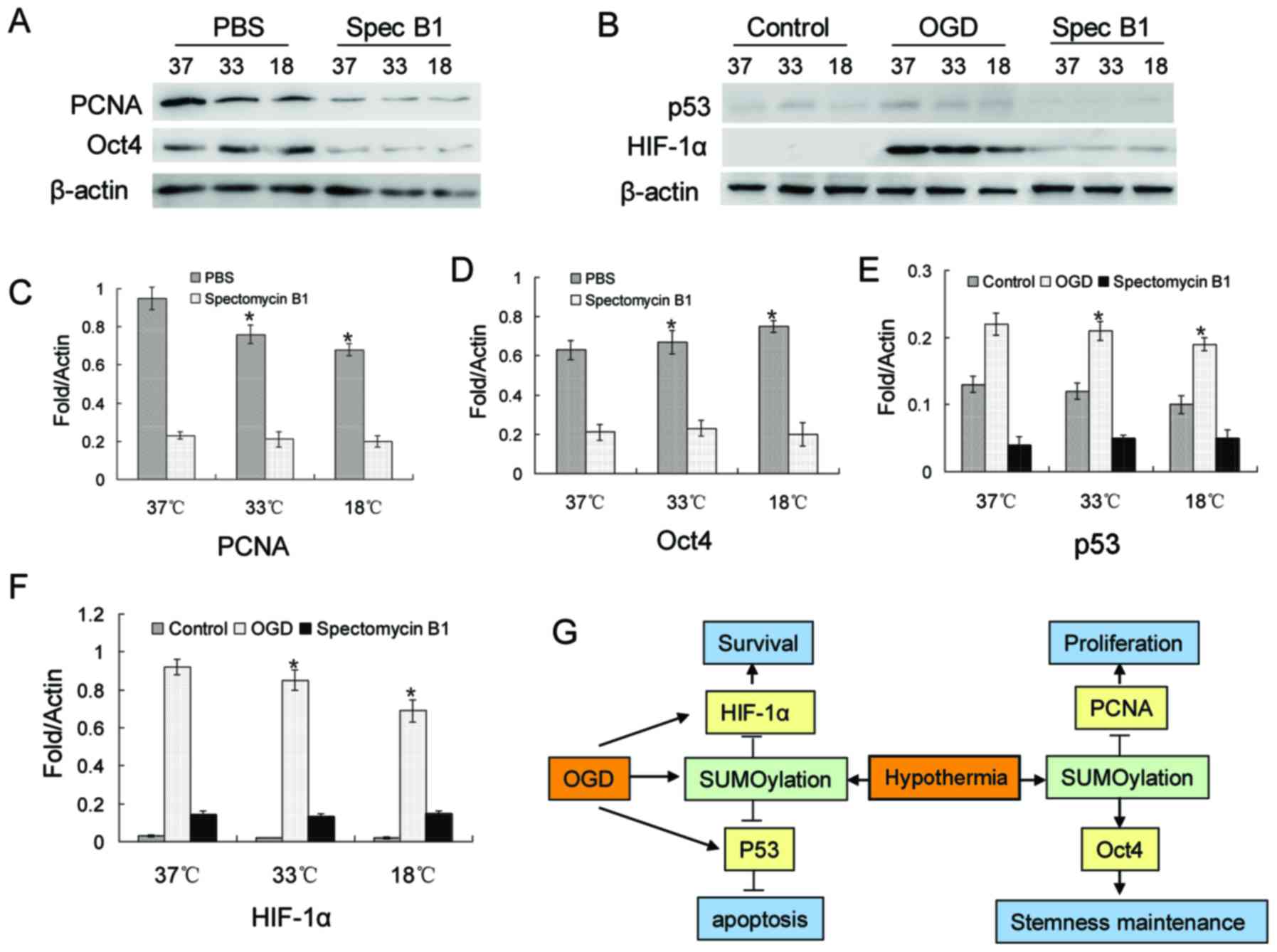|
1
|
Russo MV and McGavern DB: Inflammatory
neuroprotection following traumatic brain injury. Science.
353:783–785. 2016. View Article : Google Scholar : PubMed/NCBI
|
|
2
|
Masoudi MS, Rezaee E, Hakiminejad H,
Tavakoli M and Sadeghpoor T: Cisternostomy for management of
intracranial hypertension in severe traumatic brain injury; case
report and literature review. Bull Emerg Trauma. 4:161–164.
2016.PubMed/NCBI
|
|
3
|
Limpastan K, Norasetthada T,
Watcharasaksilp W and Vaniyapong T: Factors influencing the outcome
of decompressive craniectomy used in the treatment of severe
traumatic brain injury. J Med Assoc Thai. 96:678–682.
2013.PubMed/NCBI
|
|
4
|
Shi J, Han P and Kuniyoshi SM: Cognitive
impairment in neurological diseases: lessons from apolipoprotein E.
J Alzheimers Dis. 38:1–9. 2014.
|
|
5
|
Benarroch EE: Microglia: multiple roles in
surveillance, circuit shaping, and response to injury. Neurology.
81:1079–1088. 2013. View Article : Google Scholar : PubMed/NCBI
|
|
6
|
Chang EH, Adorjan I, Mundim MV, Sun B,
Dizon ML and Szele FG: Traumatic brain injury activation of the
adult subventricular zone neurogenic niche. Front Neurosci.
10:3322016. View Article : Google Scholar : PubMed/NCBI
|
|
7
|
Pietrini D, Piastra M, Luca E, Mancino A,
Conti G, Cavaliere F and De Luca D: Neuroprotection and hypothermia
in infants and children. Curr Drug Targets. 13:925–935. 2012.
View Article : Google Scholar : PubMed/NCBI
|
|
8
|
Ahmed AI, Bullock MR and Dietrich WD:
Hypothermia in traumatic brain injury. Neurosurg Clin N Am.
27:489–497. 2016. View Article : Google Scholar : PubMed/NCBI
|
|
9
|
Lazaridis C and Robertson CS: Hypothermia
for increased intra-cranial pressure: is it dead? Curr Neurol
Neurosci Rep. 16:782016. View Article : Google Scholar
|
|
10
|
Leshnower BG, Myung RJ, Thourani VH,
Halkos ME, Kilgo PD, Puskas JD and Chen EP: Hemiarch replacement at
28°C: an analysis of mild and moderate hypothermia in 500 patients.
Ann Thorac Surg. 93:1910–1916. 2012. View Article : Google Scholar
|
|
11
|
McAdams RM and Juul SE: Neonatal
encephalopathy: update on therapeutic hypothermia and other novel
therapeutics. Clin Perinatol. 43:485–500. 2016. View Article : Google Scholar : PubMed/NCBI
|
|
12
|
Dailey T, Mosley Y, Pabon M, Acosta S,
Tajiri N, van Loveren H, Kaneko Y and Borlongan CV: Advancing
critical care medicine with stem cell therapy and hypothermia for
cerebral palsy. Neuroreport. 24:1067–1071. 2013. View Article : Google Scholar : PubMed/NCBI
|
|
13
|
Wimmer P, Schreiner S and Dobner T: Human
pathogens and the host cell SUMOylation system. J Virol.
86:642–654. 2012. View Article : Google Scholar :
|
|
14
|
Kumar A and Zhang KY: Advances in the
development of SUMO specific protease (SENP) inhibitors. Comput
Struct Biotechnol J. 13:204–211. 2015. View Article : Google Scholar : PubMed/NCBI
|
|
15
|
Wilson VG: Sumoylation at the
host-pathogen interface. Biomolecules. 2:203–227. 2012. View Article : Google Scholar : PubMed/NCBI
|
|
16
|
Swatek KN and Komander D: Ubiquitin
modifications. Cell Res. 26:399–422. 2016. View Article : Google Scholar : PubMed/NCBI
|
|
17
|
Ulrich HD: Ubiquitin and SUMO in DNA
repair at a glance. J Cell Sci. 125:249–254. 2012. View Article : Google Scholar : PubMed/NCBI
|
|
18
|
Craig TJ and Henley JM: Protein
SUMOylation in spine structure and function. Curr Opin Neurobiol.
22:480–487. 2012. View Article : Google Scholar :
|
|
19
|
Chang E and Abe J: Kinase-SUMO networks in
diabetes-mediated cardiovascular disease. Metabolism. 65:623–633.
2016. View Article : Google Scholar : PubMed/NCBI
|
|
20
|
Yang W, Ma Q, Mackensen GB and Paschen W:
Deep hypothermia markedly activates the small ubiquitin-like
modifier conjugation pathway; implications for the fate of cells
exposed to transient deep hypothermic cardiopulmonary bypass. J
Cereb Blood Flow Metab. 29:886–890. 2009. View Article : Google Scholar : PubMed/NCBI
|
|
21
|
Yang W and Paschen W: SUMO proteomics to
decipher the SUMO-modified proteome regulated by various diseases.
Proteomics. 15:1181–1191. 2015. View Article : Google Scholar :
|
|
22
|
Wang L, Ma Q, Yang W, Mackensen GB and
Paschen W: Moderate hypothermia induces marked increase in levels
and nuclear accumulation of SUMO2/3-conjugated proteins in neurons.
J Neurochem. 123:349–359. 2012. View Article : Google Scholar : PubMed/NCBI
|
|
23
|
Yamasaki S, Mera H, Itokazu M, Hashimoto Y
and Wakitani S: Cartilage repair with autologous bone marrow
mesenchymal stem cell transplantation: review of preclinical and
clinical studies. Cartilage. 5:196–202. 2014. View Article : Google Scholar
|
|
24
|
Mezey É and Nemeth K: Mesenchymal stem
cells and infectious diseases: smarter than drugs. Immunol Lett.
168:208–214. 2015. View Article : Google Scholar : PubMed/NCBI
|
|
25
|
Ross CL, Siriwardane M, Almeida-Porada G,
Porada CD, Brink P, Christ GJ and Harrison BS: The effect of
low-frequency electromagnetic field on human bone marrow
stem/progenitor cell differentiation. Stem Cell Res (Amst).
15:96–108. 2015. View Article : Google Scholar
|
|
26
|
Lynch K and Pei M: Age associated
communication between cells and matrix: a potential impact on stem
cell-based tissue regeneration strategies. Organogenesis.
10:289–298. 2014. View Article : Google Scholar : PubMed/NCBI
|
|
27
|
Błogowski W, Bodnarczuk T and Starzyńska
T: Concise review: pancreatic cancer and bone marrow-derived stem
cells. Stem Cells Transl Med. 5:938–945. 2016. View Article : Google Scholar :
|
|
28
|
Yang Z, Zhu L, Li F, Wang J, Wan H and Pan
Y: Bone marrow stromal cells as a therapeutic treatment for
ischemic stroke. Neurosci Bull. 30:524–534. 2014. View Article : Google Scholar : PubMed/NCBI
|
|
29
|
Liu Z, Jiang Z, Huang J, Huang S, Li Y, Yu
S, Yu S and Liu X: miR-7 inhibits glioblastoma growth by
simultaneously interfering with the PI3K/ATK and Raf/MEK/ERK
pathways. Int J Oncol. 44:1571–1580. 2014. View Article : Google Scholar : PubMed/NCBI
|
|
30
|
Parker JL and Ulrich HD: A
SUMO-interacting motif activates budding yeast ubiquitin ligase
Rad18 towards SUMO-modified PCNA. Nucleic Acids Res.
40:11380–11388. 2012. View Article : Google Scholar : PubMed/NCBI
|
|
31
|
Tahmasebi S, Ghorbani M, Savage P,
Gocevski G and Yang XJ: The SUMO conjugating enzyme Ubc9 is
required for inducing and maintaining stem cell pluripotency. Stem
Cells. 32:1012–1020. 2014. View Article : Google Scholar : PubMed/NCBI
|
|
32
|
Stehmeier P and Muller S: Regulation of
p53 family members by the ubiquitin-like SUMO system. DNA Repair
(Amst). 8:491–498. 2009. View Article : Google Scholar
|
|
33
|
Lee YJ, Bernstock JD, Nagaraja N, Ko B and
Hallenbeck JM: Global SUMOylation facilitates the multimodal
neuroprotection afforded by quercetin against the deleterious
effects of oxygen/glucose deprivation and the restoration of
oxygen/glucose. J Neurochem. 138:101–116. 2016. View Article : Google Scholar : PubMed/NCBI
|
|
34
|
Sadaka F and Veremakis C: Therapeutic
hypothermia for the management of intracranial hypertension in
severe traumatic brain injury: a systematic review. Brain Inj.
26:899–908. 2012. View Article : Google Scholar : PubMed/NCBI
|
|
35
|
Shankaran S: Current status of hypothermia
for hypoxemic ischemia of the newborn. Indian J Pediatr.
81:578–584. 2014. View Article : Google Scholar : PubMed/NCBI
|
|
36
|
Lee YJ and Hallenbeck JM: SUMO and
ischemic tolerance. Neuromolecular Med. 15:771–781. 2013.
View Article : Google Scholar : PubMed/NCBI
|
|
37
|
Hirohama M, Kumar A, Fukuda I, Matsuoka S,
Igarashi Y, Saitoh H, Takagi M, Shin-ya K, Honda K, Kondoh Y, et
al: Spectomycin B1 as a novel SUMOylation inhibitor that directly
binds to SUMO E2. ACS Chem Biol. 8:2635–2642. 2013. View Article : Google Scholar : PubMed/NCBI
|
|
38
|
Dieckman LM, Freudenthal BD and Washington
MT: PCNA structure and function: insights from structures of PCNA
complexes and post-translationally modified PCNA. Subcell Biochem.
62:281–299. 2012. View Article : Google Scholar : PubMed/NCBI
|
|
39
|
Parker JL and Ulrich HD: In vitro PCNA
modification assays. Methods Mol Biol. 920:569–589. 2012.
View Article : Google Scholar : PubMed/NCBI
|
|
40
|
Wei F, Schöler HR and Atchison ML:
Sumoylation of Oct4 enhances its stability, DNA binding, and
transactivation. J Biol Chem. 282:21551–21560. 2007. View Article : Google Scholar : PubMed/NCBI
|
|
41
|
Yang F, Yao Y, Jiang Y, Lu L, Ma Y and Dai
W: Sumoylation is important for stability, subcellular
localization, and transcriptional activity of SALL4, an essential
stem cell transcription factor. J Biol Chem. 287:38600–38608. 2012.
View Article : Google Scholar : PubMed/NCBI
|
|
42
|
Laura MV, de la Cruz-Herrera CF, Ferreirós
A, Baz-Martínez M, Lang V, Vidal A, Muñoz-Fontela C, Rodríguez MS,
Collado M and Rivas C: KSHV latent protein LANA2 inhibits sumo2
modification of p53. Cell Cycle. 14:277–282. 2015. View Article : Google Scholar : PubMed/NCBI
|
|
43
|
Wang F, Cai F, Shi R, Wei JN and Wu XT:
Hypoxia regulates sumoylation pathways in intervertebral disc
cells: implications for hypoxic adaptations. Osteoarthritis
Cartilage. 24:1113–1124. 2016. View Article : Google Scholar : PubMed/NCBI
|



